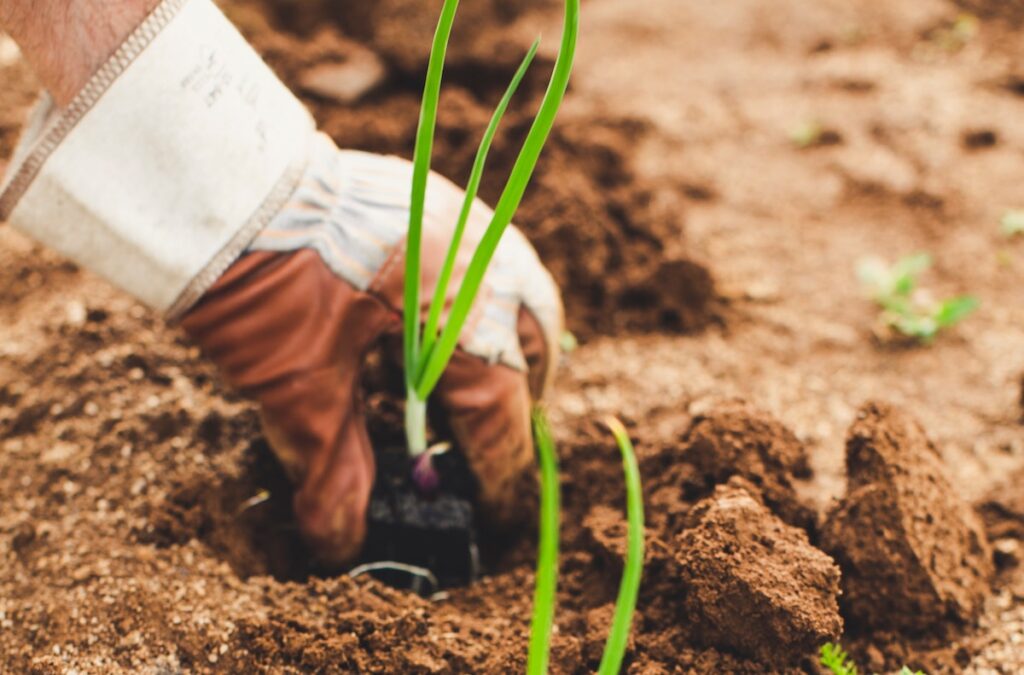Building a sustainable business model is crucial in today’s competitive market. With the rise of eco-conscious consumers and the need for companies to be environmentally responsible, a sustainable business model is not just a trend but a necessity.
What is a sustainable business model
A sustainable business model is a type of business strategy that focuses on creating long-term value for the company and its stakeholders, while minimising its negative impact on the environment. It takes into consideration the economic, social and environmental impact of the business and ensures that it operates in a way that is economically, socially and environmentally responsible. A sustainable business model is designed to balance the needs of the company and its stakeholders with the need to protect the environment and promote sustainable development. It involves using resources efficiently, reducing waste and emissions, and considering the long-term impact of business decisions. The ultimate goal of a sustainable business model is to create a business that can thrive and grow while preserving the environment for future generations.

Is sustainable the same as environmental
Sustainable and environmental are related, but not exactly the same. Environmental refers to the impact of a company or an activity on the natural environment, such as air, water, and land. Environmental sustainability focuses specifically on reducing the negative impact of a company or activity on the environment and preserving the earth’s natural resources for future generations.
Sustainable, on the other hand, is a broader concept that encompasses environmental sustainability, but also includes economic and social sustainability. Economic sustainability focuses on the financial stability and profitability of a company, while social sustainability considers the impact of a company or activity on the well-being of people and communities.
In other words, sustainable business practices go beyond just being environmentally friendly, they also consider the economic and social impact of the business and its operations. A sustainable business model aims to create a balance between economic success, social responsibility, and environmental protection.
Are consumers eco-concious?
Generally speaking, consumers are becoming increasingly eco-conscious. In recent years, there has been a growing trend of consumers looking for environmentally responsible products and companies. This trend is driven by concerns about the impact of human activities on the environment, as well as a desire for a more sustainable future.
Consumers are also becoming more aware of the impact of their consumption habits and are looking for ways to reduce their carbon footprint. Many consumers are willing to pay a premium for eco-friendly products and services, and are increasingly choosing brands that align with their values and beliefs.
Additionally, the rise of social media and the growing popularity of sustainable living have made it easier for consumers to access information about the environmental impact of products and services. This has led to an increase in demand for environmentally responsible products and companies, and has put pressure on businesses to become more sustainable.
Overall, consumers are becoming more eco-conscious and are increasingly looking for ways to reduce their impact on the environment. This trend is likely to continue in the coming years, and businesses that are not able to adapt to these changing consumer preferences risk losing market share.

Here are 5 steps to building a sustainable business model:
Conduct a sustainability audit
The first step in building a sustainable small business model is to conduct a sustainability audit. This involves examining the impact your business has on the environment and evaluating the areas where you can make improvements. This could include reducing energy and water usage, reducing waste, and reducing carbon emissions.
Develop a sustainability plan
Once you have conducted your sustainability audit, it’s time to develop a sustainability plan. This should outline the steps you will take to reduce your impact on the environment and become more sustainable. Your sustainability plan should be specific, measurable, achievable, relevant and time-bound (SMART) and should be reviewed and updated regularly.
Implement sustainable practices
Implementing sustainable practices is key to building a sustainable business model. This could include switching to renewable energy sources, reducing waste, using environmentally friendly products and packaging, and encouraging employees to adopt sustainable practices.
Communicate your sustainability efforts
It is important to communicate your sustainability efforts to your customers and stakeholders. This helps to build brand trust and can also attract eco-conscious consumers. You can communicate your sustainability efforts through your website, social media, and marketing materials.
Continuously improve
Finally, continuously improving your sustainability efforts is essential in building a sustainable business model. Regularly review and evaluate your sustainability plan, and make changes and improvements where necessary. This ensures that your business stays ahead of the curve and remains environmentally responsible.
In conclusion, building a sustainable small business model requires effort and commitment but the benefits are worth it. By reducing your impact on the environment, you can improve your reputation, attract eco-conscious consumers, and contribute to a more sustainable future.


